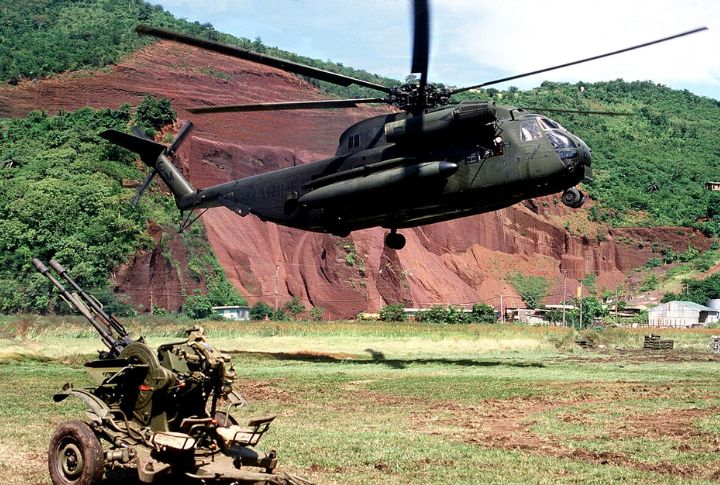
You’ve heard of the Revolution and the War Between the States, but what about the battles history left behind? America’s past is littered with forgotten wars that claimed lives and altered the nation’s trajectory. Yet, they rarely appear in textbooks or mainstream conversations. These twenty wars echo in silence—until now.
War Of Jenkins’ Ear (1739–1748)
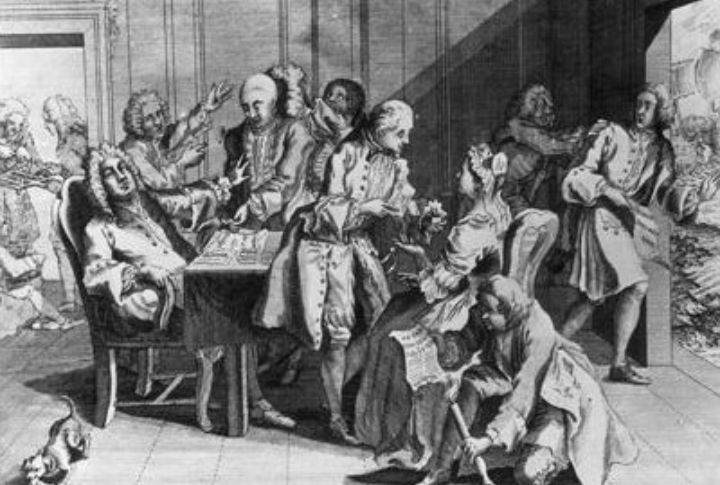
It’s not every day a war gets named after an ear, but the War of Jenkins’ Ear did just that. British and Spanish forces clashed in Georgia and Florida, with American colonists joining the fight. Despite their efforts, a disastrous siege at Cartagena is often cited as showing the unpreparedness of the southern colonies for major battles.
Pequot War (1636–1638)
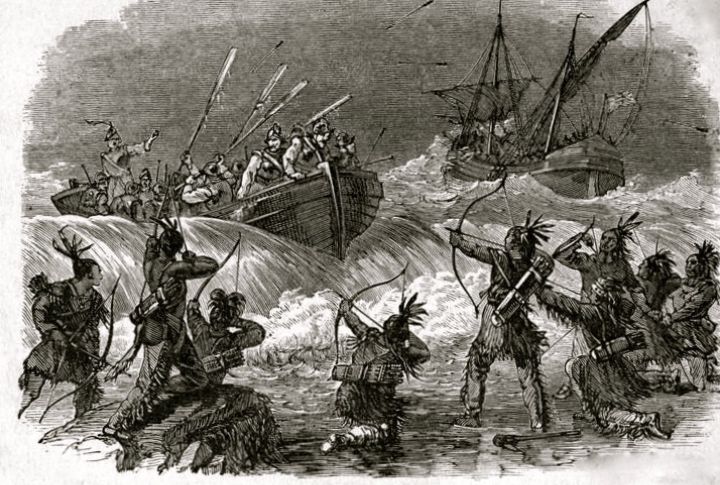
This colonial war ended with the near-eradication of the Pequot people after a siege at Mystic. Driven by control over fur trade routes, some historians consider the conflict one of the earliest examples of total war tactics used on American soil.
King Philip’s War (1675–1678)
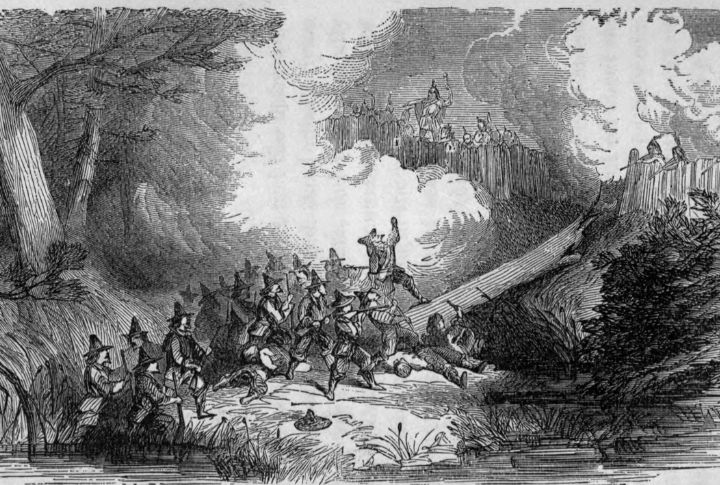
Wampanoag leader Metacom, known as King Philip, led a devastating rebellion across New England. While settlers eventually prevailed, the war shattered Native resistance and led to hundreds of Indigenous survivors being enslaved across the Atlantic.
Tuscarora War (1711–1715)
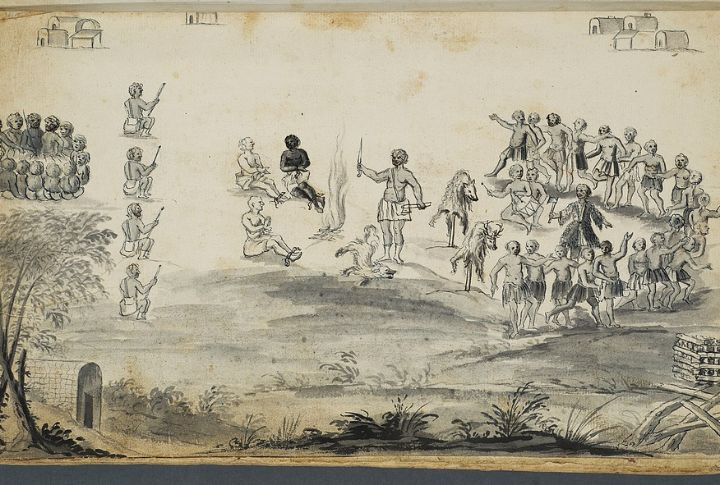
Hostilities erupted in North Carolina after the colonial encroachment of the Tuscarora people from 1711 to 1713. The resulting bloodshed led to the tribe’s migration north, where they joined the Iroquois Confederacy, permanently altering Native alliances in the eastern seaboard.
Lord Dunmore’s War (1774)
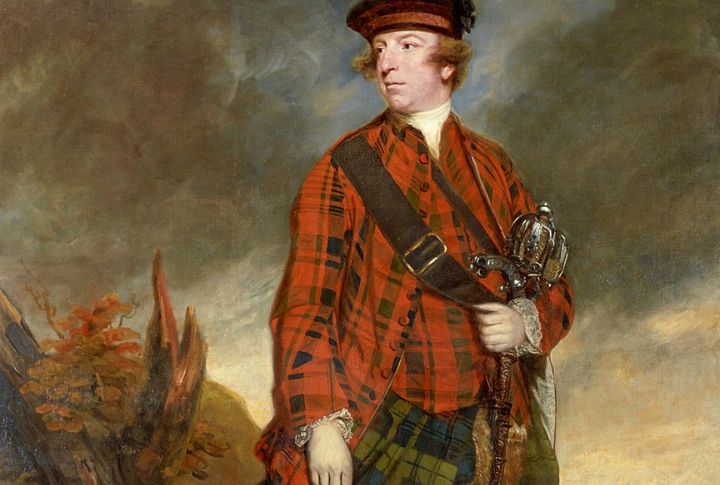
Virginia’s colonial governor launched an aggressive campaign against the Shawnee and Mingo nations in the Ohio Valley. The climactic Battle of Point Pleasant paved the way for westward expansion just months before the first shots of the American Revolution.
Northwest Indian War (1785–1795)
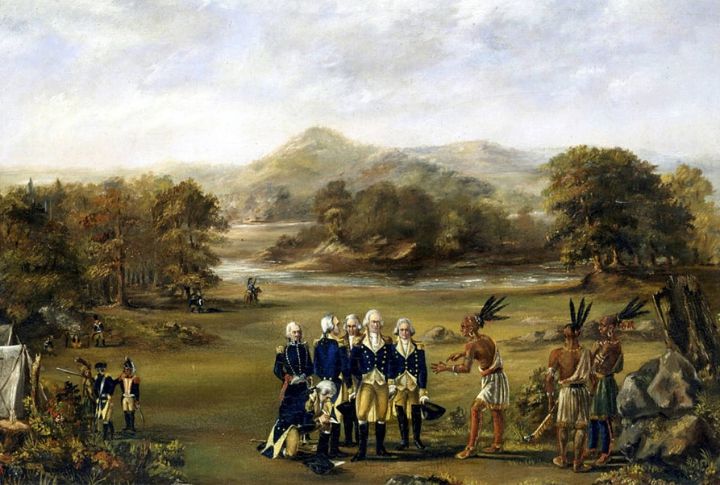
In a bid to control the Northwest Territory, the U.S. clashed with a confederation of Native nations led by Little Turtle and Blue Jacket. The war ended with the Treaty of Greenville, opening the Ohio region to American settlement at a massive cost.
Quasi-War (1798–1800)
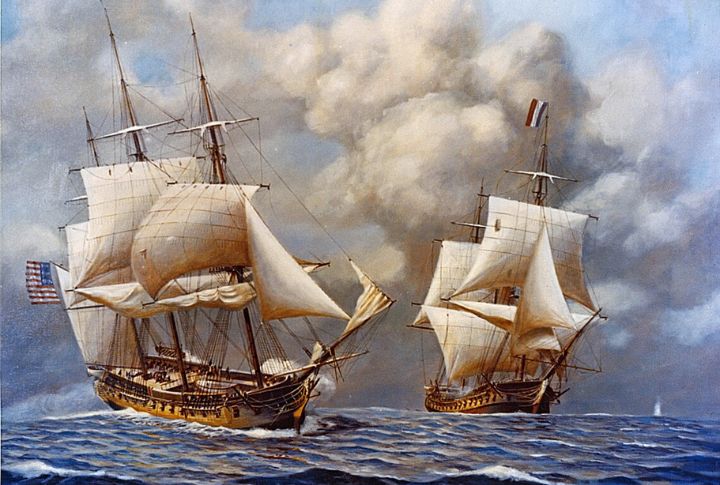
Though never formally declared, this naval conflict with France saw American ships exchanging fire in the Caribbean. The war led to the founding of the U.S. Navy and tested America’s diplomatic independence during the aftermath of the French Revolution.
First Barbary War (1801–1805)
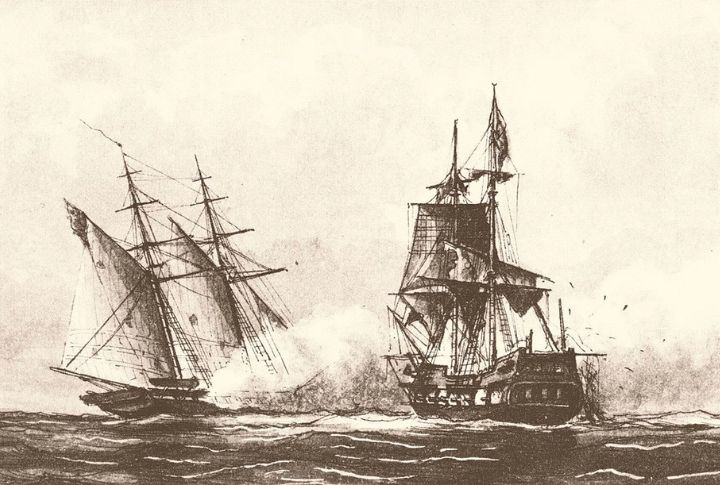
Facing piracy along North Africa’s coast, the U.S. launched its first overseas military operation. Marines stormed Tripoli in a daring campaign that shaped early American naval identity and inspired the Marine Corps hymn’s iconic opening line.
Patriot War (1837–1838)
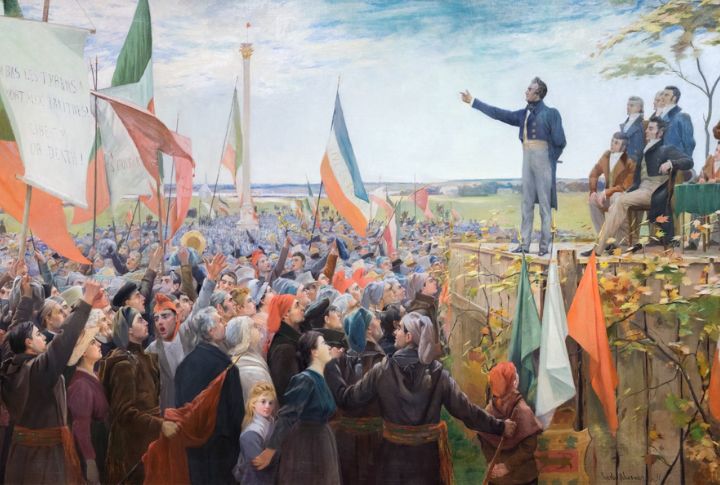
Volunteers from Michigan and New York attempted to liberate Canada from British control. Operating from secret camps, these rebels seized territory and launched cross-border attacks—only to be disavowed by the U.S. government and prosecuted under neutrality laws.
Yamasee War (1715–1717)
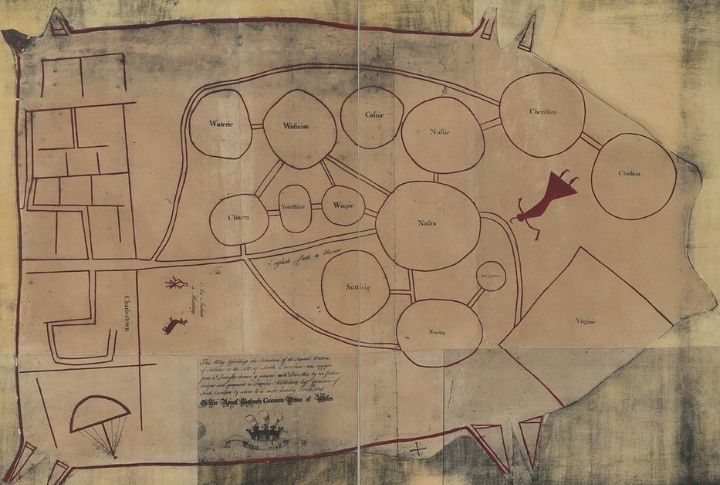
South Carolina nearly collapsed under a surprise alliance of Native tribes who rebelled against trade exploitation and land theft. The war disrupted British expansion, forced military reform, and reversed colonial control across the entire Southeast.
Second Seminole War (1835–1842)

Florida’s swamps became a battlefield as the U.S. attempted to remove Seminole tribes. Under Osceola’s leadership, resistance dragged on for seven brutal years, costing more than any previous Indian war and failing to fully dislodge the Seminoles from their land.
Black Hawk War (1832)
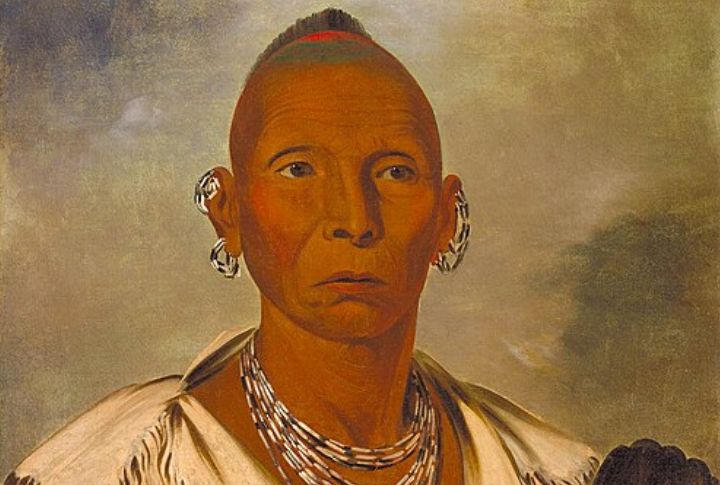
Led by Sauk leader Black Hawk, this short-lived revolt challenged broken treaties in Illinois and Wisconsin. Though swiftly crushed, the conflict included future presidents Abraham Lincoln and Zachary Taylor among its participants.
Aroostook War (1838–1839)

The “Pork and Beans War” may sound amusing, but it marked a moment when the U.S. and British Canada stood on the edge of conflict. Yet, through negotiation and understanding, the Webster-Ashburton Treaty brought resolution—a reminder that dialog often triumphs where battles might begin.
Utah War (1857–1858)
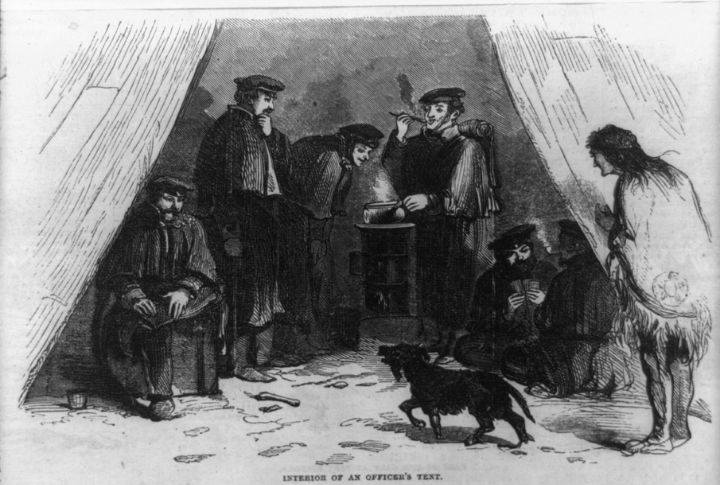
President Buchanan sent federal troops to assert authority over Brigham Young’s theocratic leadership in Utah Territory. Though bloodshed remained minimal, tensions ran high. The standoff underscored deep mistrust between federal institutions and Mormon settlers. The conflict destroyed crops and disrupted trade, which caused economic hardship for Mormon settlers.
Nicaragua Filibuster War (1855–1857)
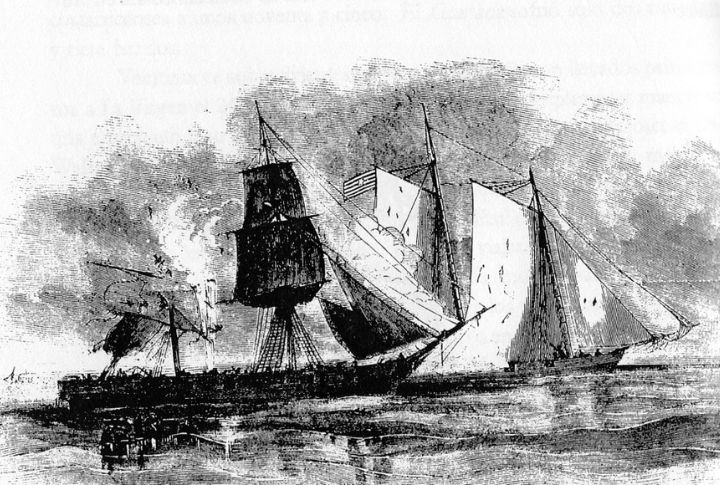
Driven by dreams of power, William Walker stormed into Nicaragua with a band of mercenaries to crown himself president. His decision to reintroduce slavery ignited outrage across Central America and beyond. But as alliances formed against him, his ambition faced opposition and ultimately failed—a sobering chapter in the dark side of expansionism.
Red River War (1874–1875)

Under the relentless cold of winter, the U.S. Army struck Comanche, Kiowa, and Cheyenne camps with ruthless precision. Starvation and the loss of their horses broke their ability to resist. Forced onto reservations, the tribes faced not only military defeat but the erosion of their way of life.
Moro Rebellion (1899–1913)
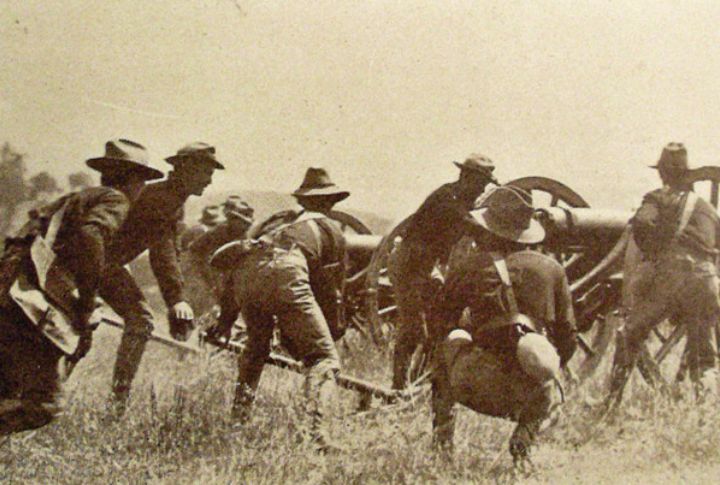
For the Moro people of the Philippines, the end of the Spanish-American War didn’t bring peace—it brought occupation. Fierce resistance met U.S. forces, and the jungle battles that followed highlighted the devastating costs of imperialism. Even today, the echoes of that struggle are studied and remembered.
Border War (1910–1919)
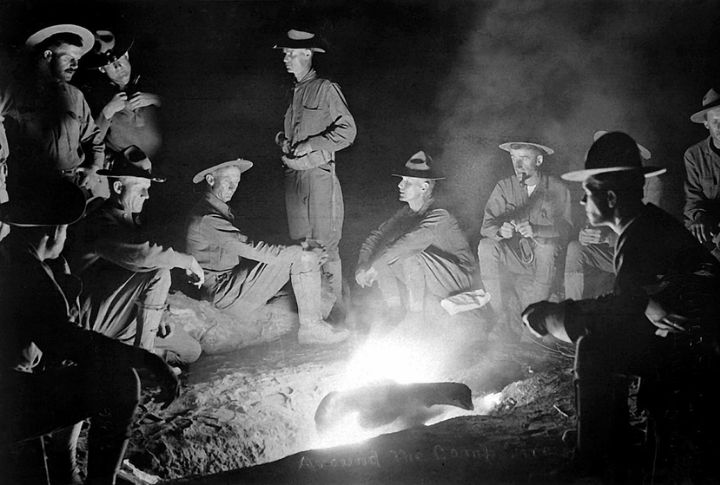
As the Mexican Revolution spilled north, the U.S. engaged in skirmishes and raids along the border. The 1916 Pancho Villa Expedition, led by General Pershing, failed to capture the revolutionary but laid the groundwork for future military modernization.
Aleutian Islands Campaign (1942–1943)
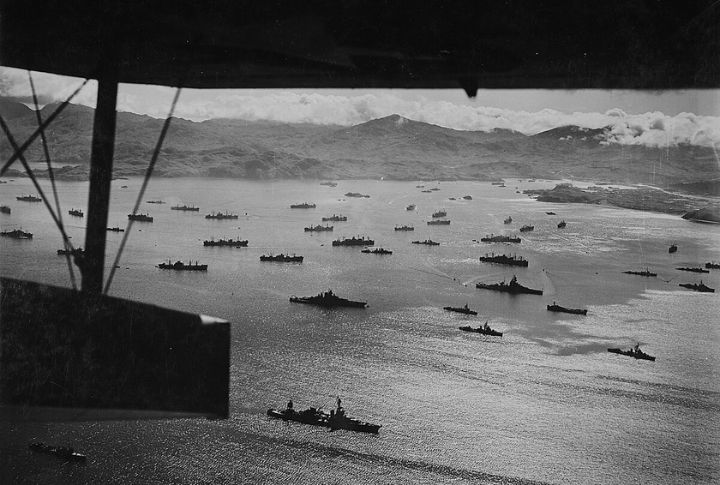
Japanese forces occupied Alaska’s Attu and Kiska Islands during World War II. Often overlooked, this cold-weather campaign cost over 3,000 U.S. casualties and marked the only WWII battles fought on incorporated American soil.
Invasion Of Grenada (1983)
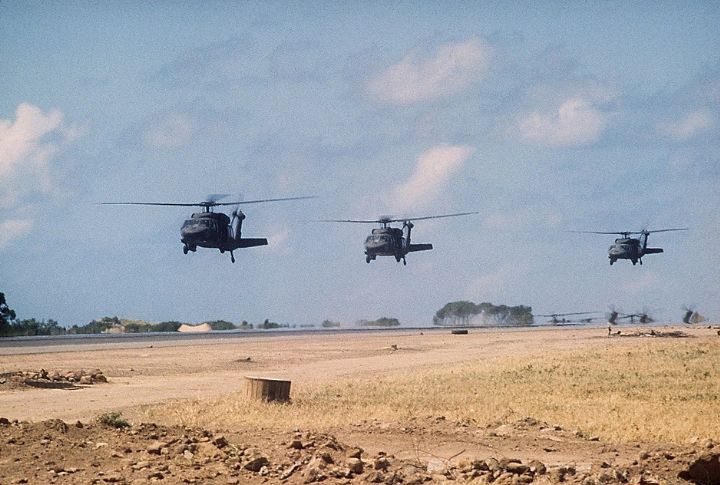
With Operation Urgent Fury, American troops descended on Grenada to dismantle a Marxist government and rescue American students. The mission was swift, but the fallout was not—global condemnation followed, raising questions about U.S. intervention tactics in the waning years of the Cold War.

